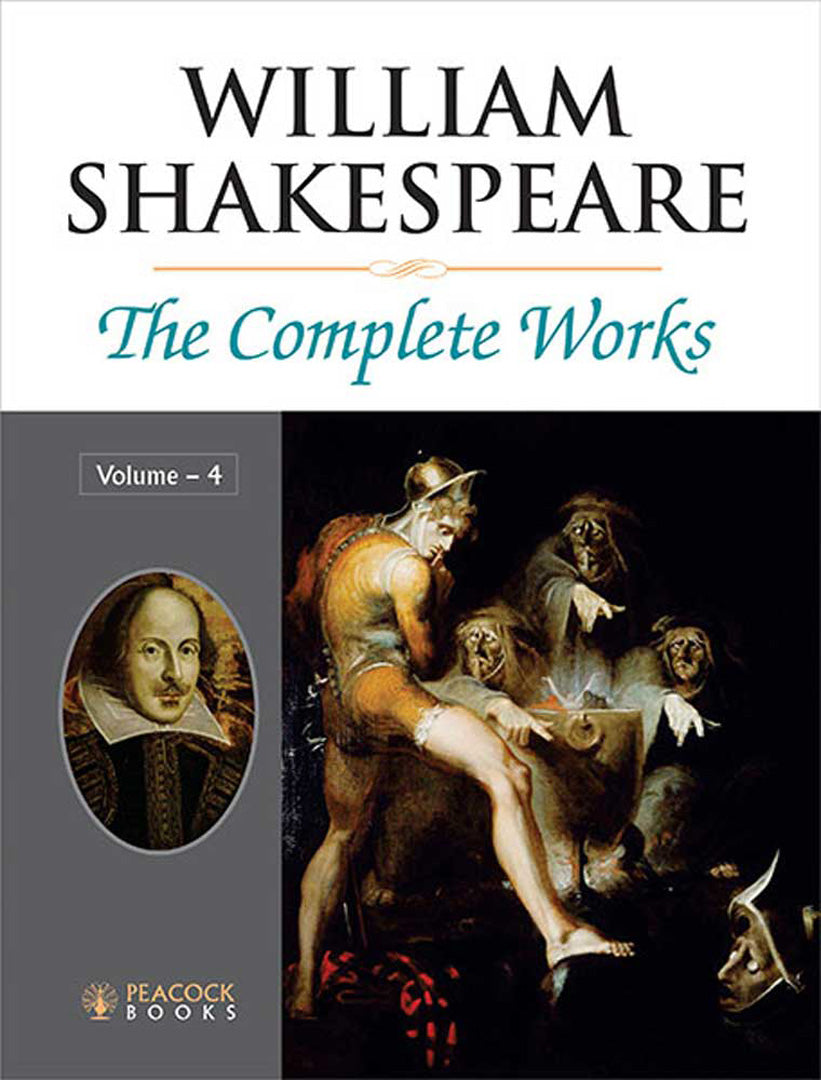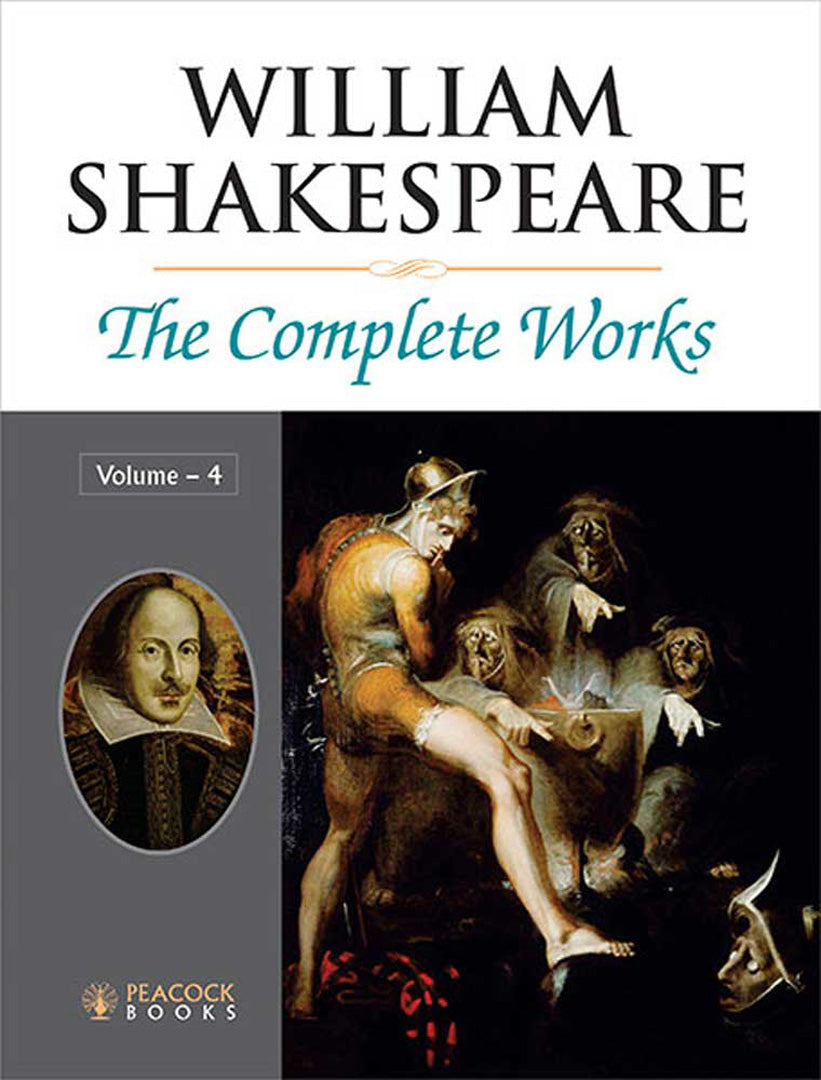William Shakespeare The Complete Works (MULTI VOL SET-4 Vols.)
William Shakespeare The Complete Works (MULTI VOL SET-4 Vols.)
Introduction by R.S. Sharma
Couldn't load pickup availability
Share

More Information
- ISBN13:
- Publisher: Atlantic Publishers & Distributors (P) Ltd
- Publisher Imprint: Peacock Books
- Publication Date:
- Pages: 1716
- Binding:
- Item Weight:
- Original Price:
About The Book
Shakespeare produced most of his work between 1589 and 1613. His early plays were comedies and histories—genres he raised to the peak of sophistication and artistry by the end of the 16th century. He then wrote tragedies until about 1608, including Hamlet, King Lear, Othello, and Macbeth, considered some of the finest works in the English language. In his last phase, he wrote tragicomedies, also known as romances, and collaborated with other playwrights.
Shakespeare was a respected poet and playwright in his time, and his reputation reached still greater heights in the 19th century. The Romantics, in particular, acclaimed Shakespeare’s genius, and the Victorians worshipped Shakespeare with a reverence that George Bernard Shaw called ‘bardolatry’. In the 20th century, his work was repeatedly adopted and rediscovered by new movements in scholarship and performance. His plays remain highly popular today and are constantly studied, performed, and reinterpreted in diverse cultural and political contexts throughout the world.
Shakespeare’s works include the 36 plays printed in the First Folio of 1623, classified as comedies, histories and tragedies. Two plays not included in the First Folio were: The Two Noble Kinsmen, which is attributed to John Fletcher and Shakespeare, and which did not appear in any of the subsequent Folios of Shakespeare’s works, and Pericles, Prince of Tyre, which is now accepted as part of the canon, with scholars agreeing that Shakespeare made a major contribution to its composition. No Shakespearean poems were however included in the First Folio.
William Shakespeare: The Complete Works, in four Volumes, is an unabridged edition containing every word that Shakespeare wrote—all 37 plays classified into comedies, history plays, tragedies; all of his 154 sonnets; his narrative poems, ‘A Lover’s Complaint’, ‘The Rape of Lucrece’, and ‘Venus and Adonis’; a miscellany of 20 poems, ‘The Passionate Pilgrim’; and ‘The Phoenix and the Turtle’, an allegorical poem.
The two Introductions, one by Dr. R.S. Sharma and the other by Dr. Ratri Ray give the reader an overall view of how and why Shakespeare has become such an influential cultural icon, and how perceptions of his work have changed in the intervening four centuries. The Introductions summarise the known facts about the dramatist’s life, his reading and use of sources, and the nature of theatrical performances during his lifetime. Brief introductions to each play discuss the date and contemporary context of the play and its position within Shakespeare’s œuvre.
The book will be useful for the students, teachers and researches of Shakespeare. It will be a proud possession for all Shakespeare readers and a must for college and university libraries.
About The Author
William Shakespeare is widely regarded as the greatest writer in the English language and the world’s pre-eminent dramatist. Often called the ‘Bard of Avon’, he is acclaimed as a literary genius and this praise is as much due to the wonderful words of his short sonnet poems and his extended poems, as to the remarkable characterisation in his plays. He is the most widely read author in the whole of the Western World. His poems and quotes from poems are familiar to everyone. His plays have been translated into every major living language and are performed more often than those of any other playwright.
Shakespeare combined poetic genius with a practical sense of the theatre. Like all playwrights of the time, he dramatised stories from sources such as Plutarch and Holinshed. He reshaped each plot to create several centres of interest and to show as many sides of a narrative to the audience as possible. This strength of design ensures that a Shakespeare play can survive translation and wide interpretation without loss to its core substance.

